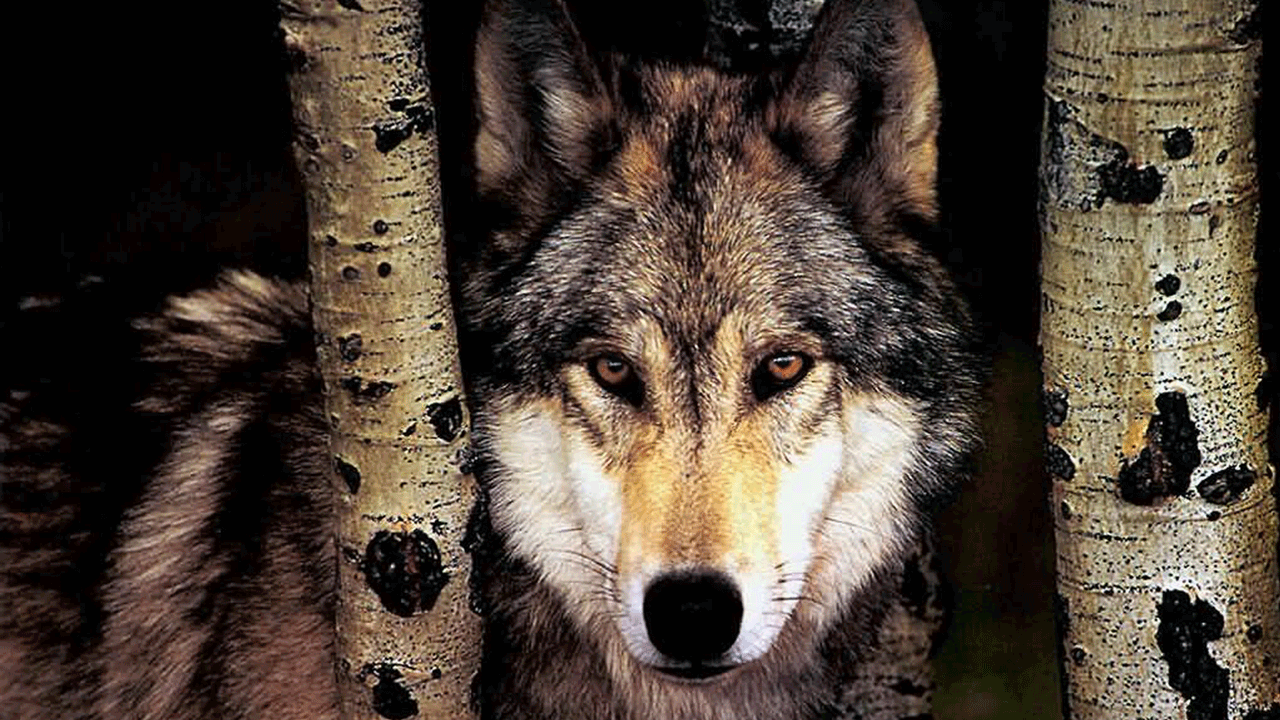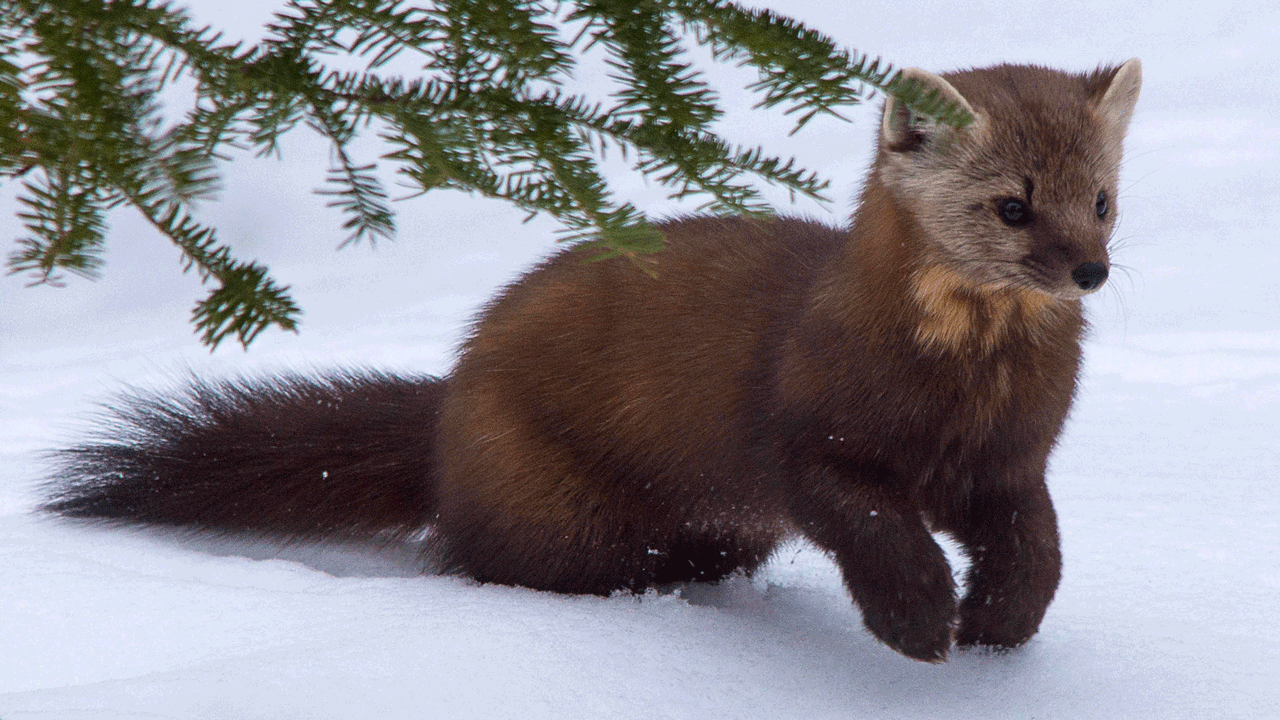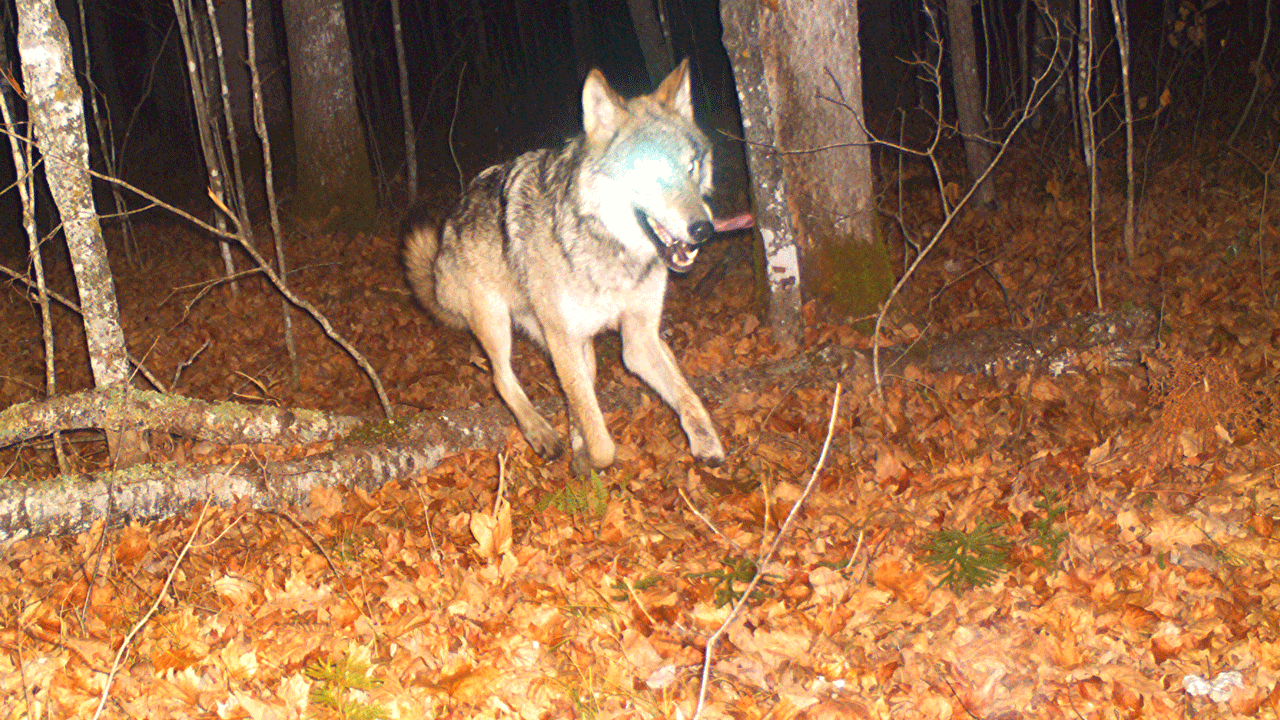When reading a summary on predators recently, I learned that the number of timber wolves in the Great Lakes region easily exceeds 4,000. After reading that report, I couldn’t help but think of ol’ Earl — and others like him.
Earl’s now dead, but his total hatred of all predators — except for humans, of course — left a lifetime impression on me. Whether it was raccoons, coyotes, foxes, fishers, wolves, crows, snapping turtles or blue herons, Earl considered them “terrible, terrible predators.” He saw no middle ground. Human hunters and trappers should push for laws to put maximum pressure on these critters.

Wolf numbers today in the Upper Great Lakes region far exceed what the best available science thought possible 30 years ago.
As such, Earl would find no happiness in the wolf’s continued comeback. In the 1980s, for example, Earl and others like him figured they could tolerate 100 wolves in Wisconsin’s North Woods, but wanted guarantees the state would curb the growth if that goal was surpassed.
In fact, Earl would be the first to see government deceit and treachery in the fact that Minnesota’s wolves now number about 2,425, Wisconsin’s about 1,000; and Michigan’s about 620. After all, late in Earl’s life, as the state’s wolf recovery plan gained speed, wildlife biologists predicted wolf numbers could never exceed 100 because of habitat restrictions.
Well, in most cases biological, I just can’t buy government conspiracy. While I long believed President Kennedy was felled by conspirators and our federal government hid the truth from us while mainstream media ignored the facts, (whew, what a mouthful) I believe nature defies predictions and occasionally makes fools of us all.

Why should any furbearer be any more sacred than a marten or weasel?
Wolves did far better than expected because the forests from northern Minnesota to Michigan’s Upper Peninsula had more suitable wolf habitat than was believed 30 years ago. Those early estimates were based on the best available information of the 1980s. The latest estimates were made after wolf biologists analyzed potential wolf habitat with help from tracking surveys, satellite-assisted habitat analysis, and the latest gee-whiz computerized mapping programs.
Another possible factor is that increased efforts to protect wolves made them less wary of humans and more inclined to settle in areas once considered too tame. Humans accounted for two-thirds wolf deaths in the early 1980s, with most being shootings. Today, road-killed wolves are as common as shootings. Mange, parvovirus and other ailments are other common causes of death.
Will all those factors remain stable for the next 20 to 30 years? I doubt it, which means even any estimates of future wolf numbers could be wildly optimistic. That’s the problem with predictions. They’re always based on today’s conditions, which constantly get tossed by sociological and biological winds.

There’s no good reason not to resume hunting and trapping wolves in Minnesota, Wisconsin and Michigan’s Upper Peninsula.
What’s also tough to predict is the wolf’s long-term popularity. Those who romanticize the animal will always disregard human concerns about the wolf’s impacts on livestock and deer numbers. I guess we’ll never understand how a wild animal benefits from deification by self-righteous humans, but that’s another article. Still, the romantics will always be a loud political voice, no matter their numbers.
Farmers and deer hunters, however, can be counted on for widely varied views. Some will always hate the wolf and want bounties reinstated, which will never happen. And although most of the nonhunting public might agree to some lethal measures when wolves kill livestock, I doubt they’ll ever support killing wolves to spare a few deer. Crunch the numbers all you want, but road-killed deer will always at least rival wolf-killed deer.
Still, I hope the day returns soon when wolves are again hunted and trapped in the Great Lakes states. I doubt it will happen anytime soon, but I look forward to the next such season. I can’t see why a healthy population of timber wolves should be any more sacred than fishers, bobcats, bears, coyotes, martens, mink, weasels, otters or foxes.
Unlike Earl, however, I don’t think there’s anything terrible about these predators. They’re all regal and I have to think Mother Nature put them here for a reason.

 By
By 



